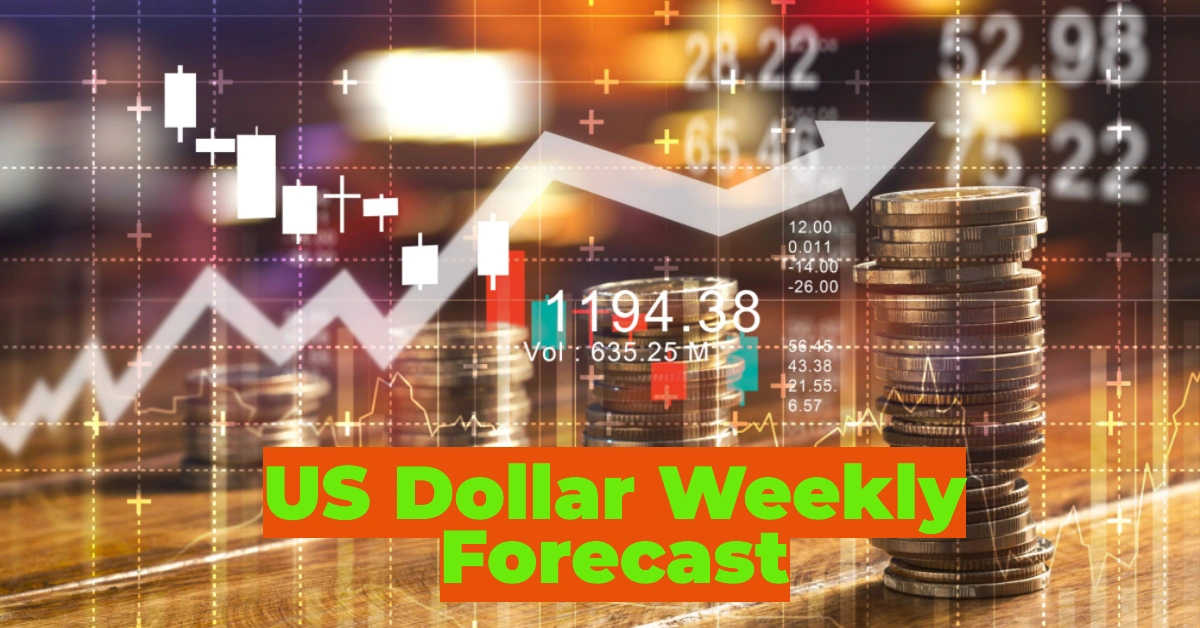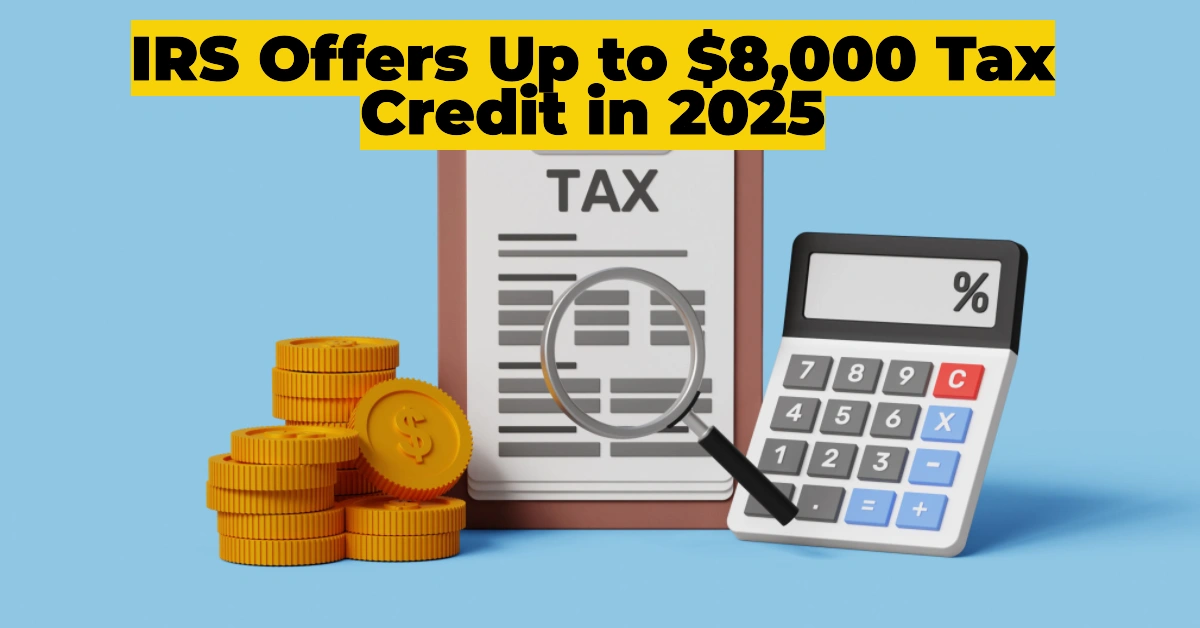The US Dollar Index (DXY) continued its decline, ending another negative week by falling to five-week lows below the 107.00 mark. After peaking above 110.00 earlier this month, the Greenback’s retreat highlights a shift in market sentiment driven by unclear trade policies, interest rate speculation, and upcoming Federal Reserve decisions.
Table of Contents
Trump’s Ambiguity on Trade and Interest Rates Pressures the Dollar
The recent downturn in the US Dollar stems partly from President Donald Trump’s vague statements on trade and tariffs. Campaign promises to impose tariffs on China, the European Union, Canada, and Mexico remain largely unfulfilled, with little progress or concrete plans provided by the administration.
Adding to the uncertainty, Trump expressed a preference for lower interest rates, a stance that conflicts with the Federal Reserve’s cautious optimism about the US economy’s resilience. His softened rhetoric toward China has led markets to speculate that tariffs may not materialize, further undermining the Dollar’s strength.
This Rare Penny Could Be Worth $2.3 Million: Unlock Hidden Treasures
How Your $2 Bill Could Be Worth Up to $20,000: Hidden Treasures
USD Rebounds Amid Renewed Tariff Speculation: Scotiabank Strategist Breaks Down the Moves
Americans Set to Benefit from Updated IRS Tax Rates for 2025
Costco’s Robust Membership Growth Fuels Revenue Increase Amid Fee Hike
Federal Reserve Holds Rates Steady Amid Optimism
The Federal Reserve is widely expected to keep interest rates unchanged in the 4.25%-4.50% range during its January 28–29 meeting. While markets anticipate no more than a 50-basis-point reduction in rates this year, the Fed remains optimistic about the US economy’s performance.
Fed officials, including Richmond Fed President Thomas Barkin and New York Fed President John Williams, have highlighted improving inflation trends and a stabilizing labor market. However, Fed Governor Chris Waller noted that easing inflation could justify faster rate cuts if necessary, leaving the door open for data-driven adjustments to monetary policy.
Key Events in the Week Ahead
The upcoming week holds several significant events that could shape the Dollar’s trajectory:
- Federal Open Market Committee (FOMC) Meeting: Markets will closely watch for policy updates and rate decisions.
- US Inflation Data (PCE): A key measure of inflation that will provide insights into price trends.
- Labor Market Report: Weekly updates on jobless claims and employment figures.
- US GDP Growth Estimate (Q4): An indicator of the economy’s overall health and growth momentum.
Technical Analysis: Dollar Index Struggles to Maintain Momentum
The US Dollar Index has seen a notable pullback from its January 13 peak of 110.17. The next significant resistance lies at the 2022 high of 114.77 (September 28).
On the downside, support levels include:
- January 24 low of 106.87.
- December 2024 low of 105.42.
- Critical 200-day Simple Moving Average (SMA) at 104.35.
As long as the DXY holds above the 200-day SMA, its broader bullish trend remains intact. However, the daily Relative Strength Index (RSI) at 41 indicates waning momentum, while the Average Directional Index (ADX) at 26 suggests moderate trend strength.
FAQs: Understanding the US Dollar and Its Dynamics
What is the US Dollar?
The US Dollar (USD) is the official currency of the United States and serves as the world’s reserve currency. It is the most traded currency globally, accounting for over 88% of foreign exchange transactions.
How Do Federal Reserve Decisions Impact the US Dollar?
The Federal Reserve’s monetary policy, including interest rate adjustments, directly influences the Dollar’s value by affecting borrowing costs, investment flows, and market confidence.
What is Quantitative Easing (QE) and Its Influence on the Dollar?
QE involves central banks purchasing financial assets to inject liquidity into the economy, which can weaken the Dollar by increasing its supply.
What is Quantitative Tightening (QT) and Its Influence on the Dollar?
QT is the reversal of QE, reducing liquidity by selling assets or letting them mature. QT often strengthens the Dollar by reducing its supply and boosting demand.
Outlook: Cautious Optimism Amid Market Volatility
While short-term pressures weigh on the US Dollar, strong economic fundamentals and the Federal Reserve’s data-driven approach provide a foundation for potential recovery. Market participants should closely monitor policy developments, economic indicators, and geopolitical events to navigate the Greenback’s complex landscape.










